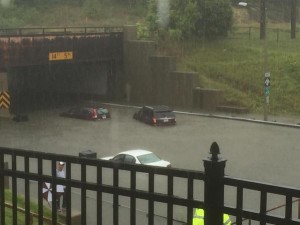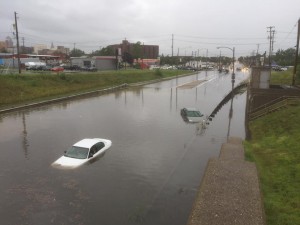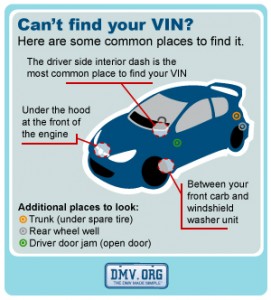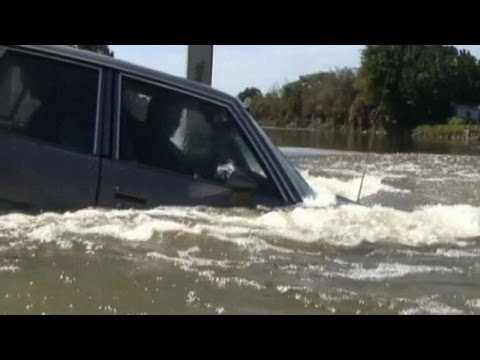 Last year one of our team had a terrifying viewpoint as torrential rains flooded the street outside his apartment block in seconds and trapped several vehicles in rising water. As he watched, another vehicle plowed into the water and quickly flooded.
Last year one of our team had a terrifying viewpoint as torrential rains flooded the street outside his apartment block in seconds and trapped several vehicles in rising water. As he watched, another vehicle plowed into the water and quickly flooded.
The event was so spectacular, The Weather Channel picked up his Twitter feed as he reported live on events.
Meanwhile, his apartment began to take in water and the lights started flickering. He could see water spilling through the lintel of a door and he could hear the water rushing down inside his walls.
It was a disaster scenario. And pretty much no one, including the police, knew what to do.
Let’s look at the home issue.
Don’t touch anything electrical. Our guy knew there was water running through the waste disposal. Wisely he decided to not touch it until everything was dry. As he was on the top floor he wasn’t too worried about flooding but his car on a lower parking deck had to be towed to safety.
If a flood is likely in your area, you should:
- Listen to the radio or check the internet for information. (Again, no mains power, use your phone or a battery radio if there’s water anywhere inside your home.)
- Be aware that flash flooding can occur. If there is any possibility of a flash flood, move immediately to higher ground. Do not wait for instructions to move.
- Be aware of stream, drainage channels, canyons and other areas known to flood suddenly. Flash floods can occur in these areas with or without typical warnings such as rain clouds or heavy rain.
If you must prepare to evacuate, you should do the following:
- Secure your home. If you have time, bring in outdoor furniture. Move essential items to an upper floor.
- Turn off utilities at the main switches or valves if instructed to do so. Disconnect electrical appliances only if there is no water inside your home. Do not touch electrical equipment if you are wet or standing in water.
If you have to leave your home, remember these evacuation tips:
- It’s very dangerous to walk through moving water. Six inches of moving water can make you fall. If you have to walk in water, walk where the water is not moving. Use a stick to check the firmness of the ground in front of you. Try and hang on to something along the road, like a wall.
Driving through rain

- Do not drive into flooded areas. If floodwaters rise around your car, abandon the car and move to higher ground, when water is not moving or not more than a few inches deep. You and the vehicle can be swept away quickly. If your vehicle is trapped in rapidly moving water, stay in the vehicle. If the water is rising inside the vehicle, seek refuge on the roof.
- Do not camp or park your vehicle along streams, rivers or creeks, particularly during threatening conditions.
- If you are in a car that’s flooding climb out and get on the roof. If the water isn’t too deep and you know it’s not

Photo 2. Credit: Adam Bitely moving fast, or it’s contained by a rise either side, you can swim for it and/or wade out. As you can see in Photo 2, there is a rise in the road and it would be easy to walk away. In photo 1, there’s a real risk of drowning, especially if there are elderly people or a child in a carseat on board. That’s the get on the roof scenario.
Here’s how you would exit a car that’s sinking. And how you would get your kids out, too.
And afterwards?
How to find out if the car you’re buying was flood damaged. The tell-tale signs of flooding.
- A musty odor in the interior, which can sometimes be covered with a strong air-freshener
- Upholstery or carpeting which doesn’t match, is loose, new or stained
- Damp carpets
- Rust around doors, inside the hood and trunk latches, pedals or under the dashboard
- Mud or silt in the glove compartment or under seats
- Brittle wires under the dashboard
- Fog or moisture beads in the interior or exterior lights or instrument panel
Important Checks
- Turn on ignition and check all instrument panel lights illuminate
- Test lights (interior and exterior), air conditioning, windshield wipers, radio, heater, turn signals and heater repeatedly
- Have a third-party mechanic check it over
- Run a VIN check:
 A car report or a VIN checker can reveal any other strikes against a vehicle that might make you think twice about signing on the dotted line, such as:
A car report or a VIN checker can reveal any other strikes against a vehicle that might make you think twice about signing on the dotted line, such as:
- past ownership.
- any liens held on the vehicle.
- vehicle maintenance.
- title history blemishes.
- faulty odometer settings.
- flood damage.
- accident history.
- car title check.
- whether a vehicle was determined to be a lemon.
